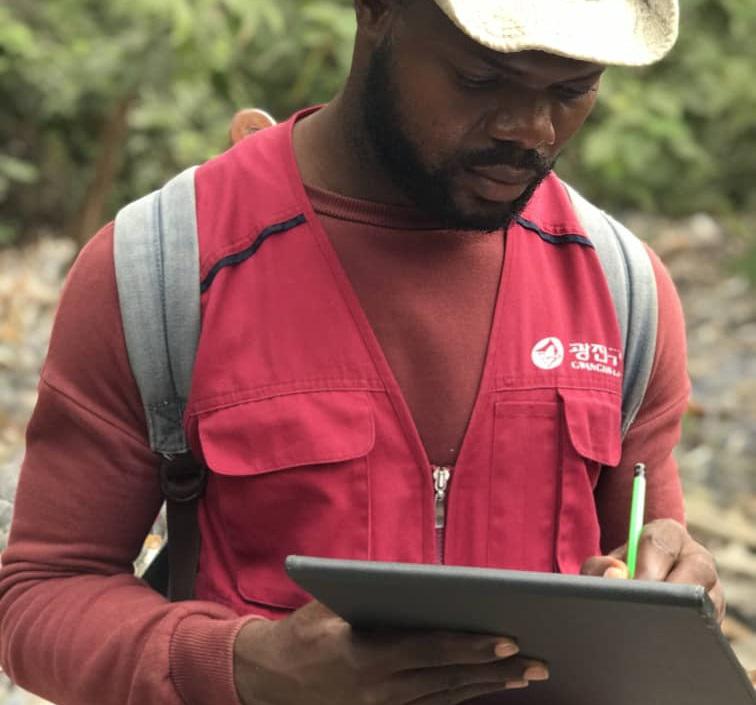Vincent Agumenu
The elephant populations in the West Africa sub-region have been experiencing severe population decline and lost more than 90% of their range during the 20th century (Roth and Douglas-Hamilton, 1991; Thouless et al., 2016). Consequently, the forest elephant and the savannah elephant are respectively classified as Critically Endangered and Endangered on the IUCN Red List. Also, the 2016 African Elephant Status Report (AESR) by the IUCN African Elephant Specialist Group (AfESG), identified Ankasa Conservation Area in Ghana as an elephant range habitat with urgent priority need of elephant population survey and conservation. The Ankasa Conservation Area covers a total area of 510km2 and represents the only wet evergreen protected area in almost pristine state in Ghana. It is also designated as Globally Significance Biodiversity Area (GSBA) as well as Important Bird Area (IBA). However, more disturbingly, the range of the Ankasa Conservation Area elephants had contracted dramatically over the years as forests have been cleared for agricultural activities especially cocoa plantations. This is creating more incidence of human-elephant conflicts mostly through crop raiding leading to retributory killing of elephants by farmers.

Additionally, continuous poaching activities for ivory has further exacerbated the plights of the species in the reserve imposing threats to their chances of long-term survival. Furthermore, there is little effort of integration of locals in conservation of the elephants through awareness campaigns and stakeholder dialogues on conservation importance of the species. Consequently, this project is designed to determine status of forest elephants in the Ankasa Conservation Area and employ conservation awareness campaigns and stakeholder dialogues to stimulate community support to safeguard the long-term persistence of the species. The specific objectives of the project are; to determine the perception and attitudes of fringe communities about elephant conservation, estimates elephant density and population size, map elephant distribution and threats, as well as carry out tailored conservation education campaigns among fringe communities on conservation importance of elephants.